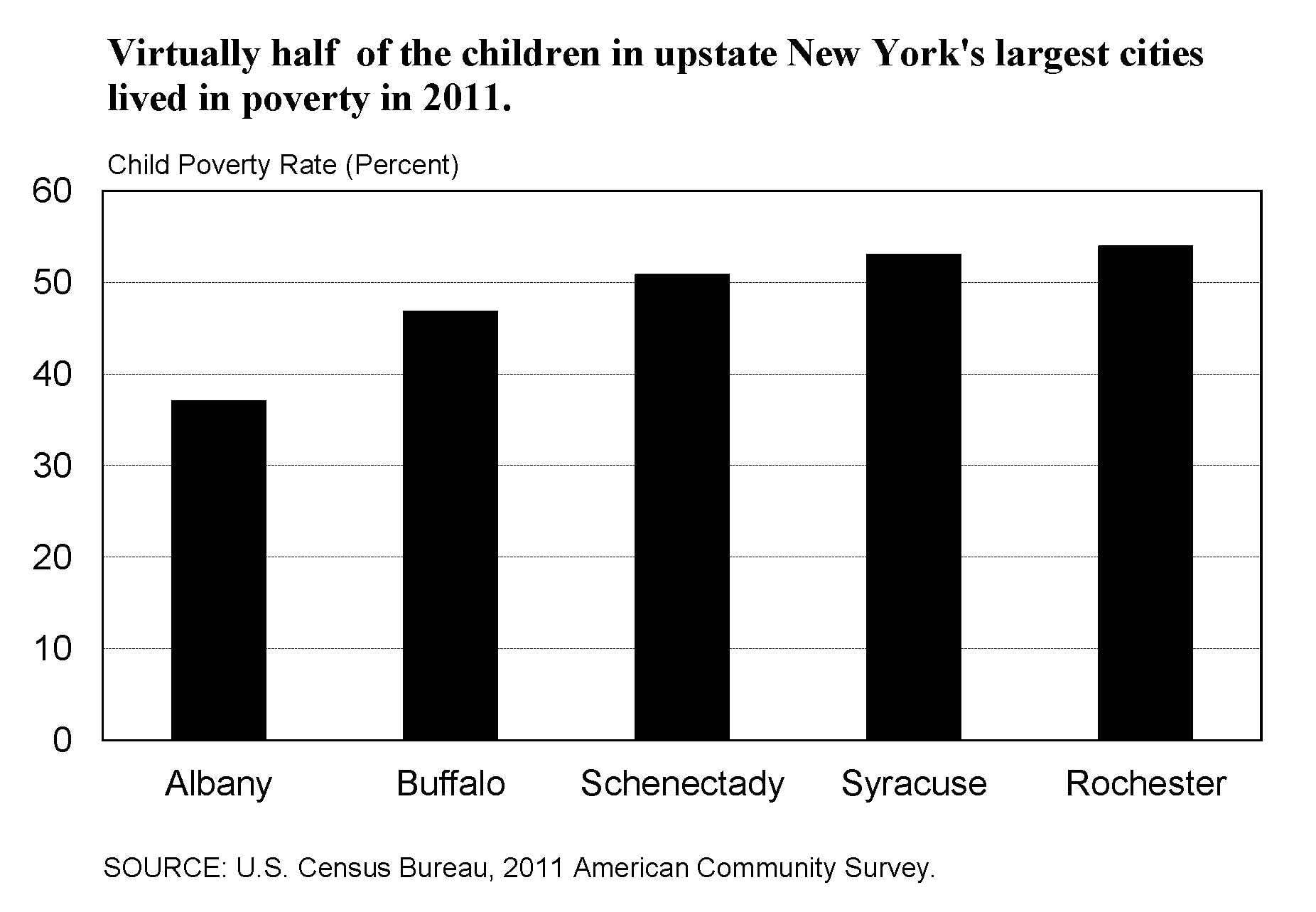The Applied Sciences NYC Initiative: FPI Testimony
September 28, 2012. In testimony submitted to the New York City Council Committees on Economic Development, Higher Education and Technology, James A. Parrott, FPI’s Deputy Director and Chief Economist, concluded that the “Applied Sciences NYC Initiative” represents an important step in diversifying the New York City economy. According to Parrott, this initiative, which includes the plan for the development by Cornell and Technion Universities of a new engineering campus on Roosevelt Island, as well as projects involving NYU and Columbia University, is “a conscious effort [...]

